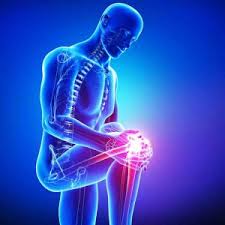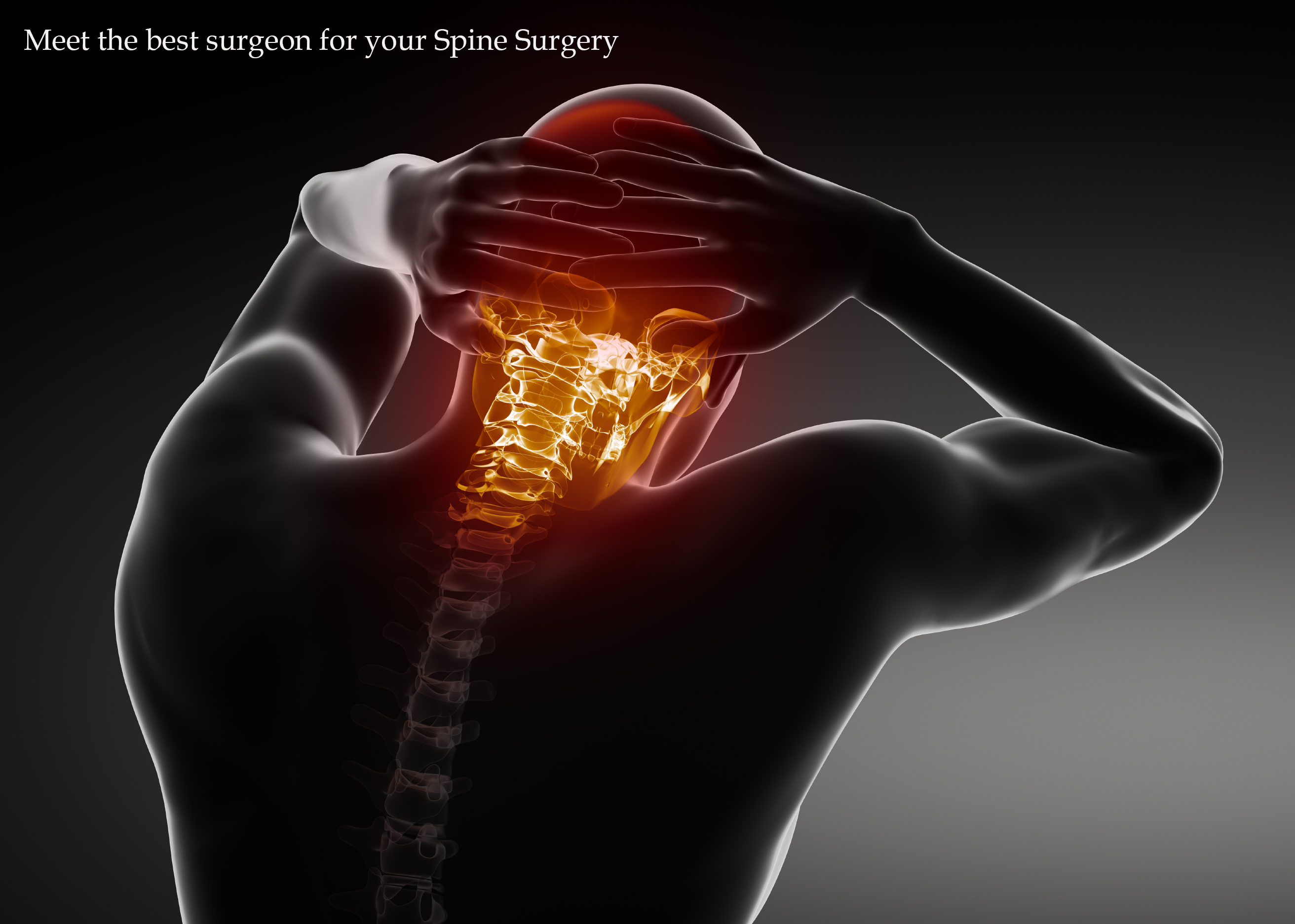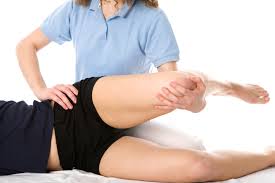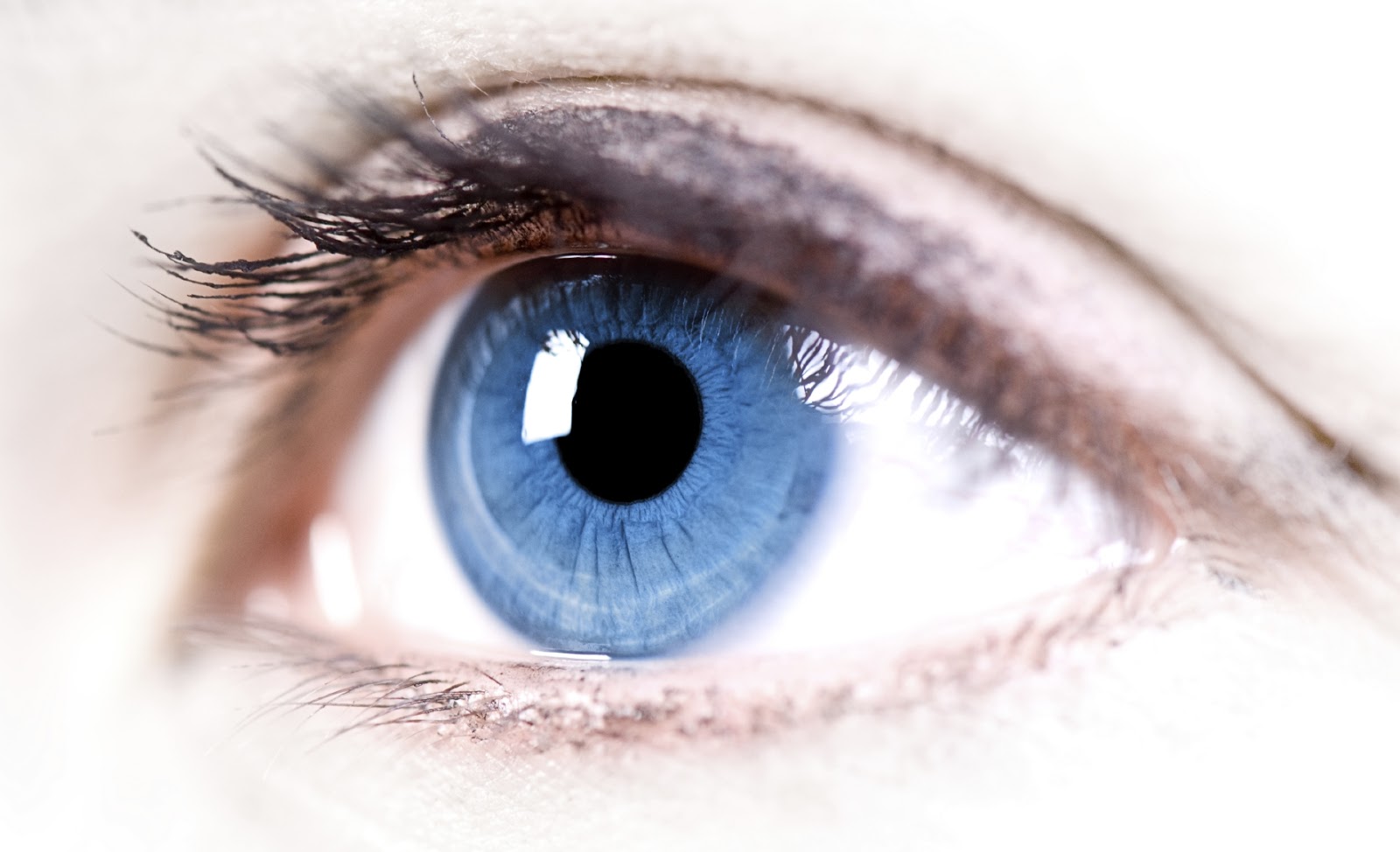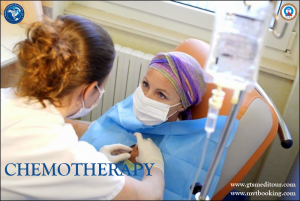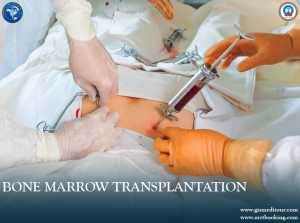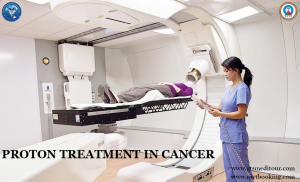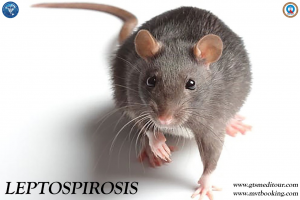INTRODUCTION
Radiation therapy is a type of cancer treatment that uses high doses of radiation to kill cancer cells and shrink tumors .Radiation therapy most often uses X-rays but protons or other types of energy also can be used
The term radiation therapy most often refers to external beam radiation therapy. During this type of radiation the high energy beams come from a machine outside of your body that aims the beams at a precise point on your body. Radiation therapy damages cells by destroying the genetic material that controls how cells grow and divide . While both healthy and cancerous cells are damaged by radiation therapy is to destroy as few normal healthy cells as possible .Normal cells can often repair much of the damage caused by radiation
TYPES OF RADIATION THERAPY
There are two broad types of radiation therapy-Internal and external
External beam radiation : It is the most common type of radiation treatment for cancer. External means that the energy beams come from a machine outside of the body. A health care professional precisely aims the beams to reach the cancer site .Another name for external beam radiation is teletherapy
Internal beam radiation : The second main type of radiation treatment is internal radiation therapy also known as brachy therapy. During this treatment a doctor places an implant containing radiation in or near the cancer site
Systemic radiation therapy : Systemic radiation therapy is another kind of internal radiation therapy . It requires a person to swallow a radioactive substance, which travels throughout the body to find and kill the cancerous cells. Alternatively a health care professional may inject the radio active substance into a persons vein.
GOALS
Radiation oncologists use radiation therapy to destroy cancer cells and slow tumor growth while limiting the harm to nearby healthy tissue. Sometimes doctors recommend radiation therapy as the first cancer treatment .Other times people receive radiation therapy after surgery or therapies using meditation like chemotherapy .This is called adjuvant therapy. It targets cancer cells remaining after the initial treatment . When it is not possible to destroy all the cancer , the doctors may use radiation therapy to shrink tumors and relieve symptoms. This is called palliative radiation therapy. Palliative radiation therapy may reduce pressure , pain and other symptoms. The goal is to improve a persons quality of life.
SIDE EFFECTS
- Hair loss
- Appetite changes
- Mouth and throat changes
- Trouble swallowing
- Swelling
- Coughing
- Diarrhea
- Nausea and vomiting
- Urinary and bladder changes
- Sexual changes
- Fatigue
- Skin reactions
To get opinion from our network of hospitals visit mvtbooking.com or send email to query@gtsmeditour.com
Prepared by: Dr Sajna Hamza


